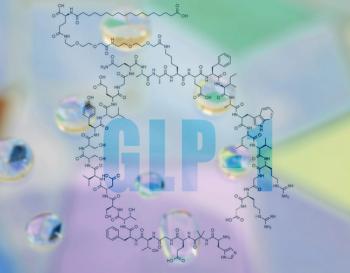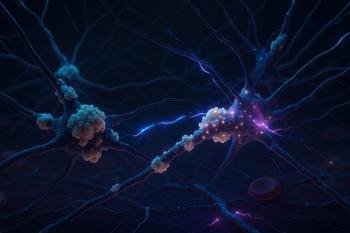
Biomarker Mechanism for ALTO-300 in Precision Psychiatry Study Proves Promising in MDD Treatment, According to Amit Etkin, MD, PhD
Etkin describes precision psychiatry data for MDD presented at the Society for Biological Psychiatry Annual Meeting.
At the 2025 Society of Biological Psychiatry meeting in Toronto, Canada, Alto Neuroscience shared new data and findings on machine-learning-derived biomarker and the biological mechanism of action behind its investigational antidepressant, ALTO-300.1,2 In an exclusive interview with Psychiatric Times, Amit Etkin, MD, PhD, founder and CEO of Alto Neuroscience, described the significance of this research for advancing precision psychiatry.
Etkin explained the company initially identified an EEG-based biomarker that predicts treatment response to ALTO-300, also known as agomelatine, using machine learning. The drug targets melatonin receptors and blocks 5-HT2C serotonin receptors, leading to downstream dopamine enhancement. ALTO-300 is currently being tested in a large phase 2B trial as an adjunctive therapy for major depressive disorder in patients who have not responded to first-line antidepressants, Etkin added.
Although the biomarker has been prospectively validated in humans, investigators sought to understand its underlying neurobiological basis. Etkin explained that the signal corresponds to greater neural variability—what he described as “noisy cortices”—measured through EEG. Individuals showing higher variability were more likely to respond to ALTO-300.
To explore this relationship, researchers conducted preclinical experiments in mice and human studies that mimicked the opposite effects of the drug. In mice, stimulating the 5-HT2C receptor induced depressive-like behavior and increased the biomarker signal. In human studies, dopamine depletion—via a diet lacking amino acid precursors—produced similar EEG changes. These findings suggest the biomarker may reflect cortical signal-to-noise ratios modulated by dopamine pathways.
Etkin told Psychiatric Times this is one of the first examples of a machine-learning discovery in human EEG data being mechanistically explained through molecular neuroscience. The research highlights how biomarker-driven approaches can bridge data science and drug development, enabling more targeted psychiatric treatments and reinforcing the promise of precision psychiatry.
“This may actually be the first time, to my knowledge, that's done where you discover something with machine learning in humans and you actually can figure out the molecular basis of it, which from a prescriber perspective, from understanding why we do what we do as psychiatrists, could be really helpful understanding not only who responds, but how to tie that biology to the biology of the drug,” Etkin explained. “And if you put all of this together, it really points to a much more purposeful, targeted and hopefully more effective drug development and then clinical deployment effort when using a precision psychiatry approach.”
This is the second part of a 3-part series discussing the research. In
References
1. Alto Neuroscience Presents New Data at the Society of Biological Psychiatry Annual Meeting Underscoring Precision Psychiatry Approach. Press release. April 28, 2025. Accessed May 15, 2025.
2. Guo Y, Shen L, Maimon Rose M, et al. Gamma Band EEG Sample Entropy, a Patient Selection Biomarker for ALTO-300 in MDD, is Increased by 5-HT2C Agonists in Mice. Presented at Society of Biological Psychiatry 80th Annual Meeting; Toronto, Canada; April 24-26, 2025.
Newsletter
Receive trusted psychiatric news, expert analysis, and clinical insights — subscribe today to support your practice and your patients.














